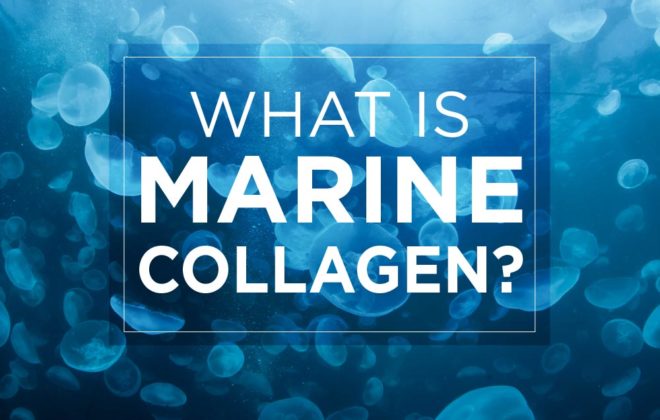3 Reasons Why Eating Collagen Can Make You Prettier
Scientific Studies Demonstrate Benefits of Eating Amino Collagen
Amino Collagen C with Hyaluronic Acid was strategically formulated with the goal of being the most effective, most bioactive form of collagen available, resulting in greater benefits to skin health and appearance. In short, we think this means that eating collagen can make your skin prettier.
What Makes Amino Collagen C Better Than Other Types of Collagen
To achieve this goal of superior bioactivity, it was essential for the collagen formula to have exceptional bioavailability in the target tissues. Amino Collagen Peptides have been shown to have high digestibility and excellent absorption. More than 90% of Amino Collagen Peptides are digested and available as small peptides in the blood stream within one hour.
The peptides (containing hydroxyproline) are transported from the blood into the target tissues (skin, bones, cartilage) where they act as building blocks for those local cells and help increase the production of new collagen fibers. Hydroxyproline is known as the “beauty” amino for very good reason. This is exciting news for those of us that want to look and feel young as long as possible. Supporting the body inside shows results on the outside, especially on our skin.
THE DETAILS
1. Excellent Digestibility
In a model imitating digestion in the human gastro-intestinal tract, different types of collagen peptides were tested for their digestibility. Over 90% of Amino Collagen Peptides were digested into peptides with a molecular weight below 2000 Dalton, a size that allows easy absorption by the intestine. Amino collagen peptides from porcine, bovine, and fish performed equally well.
Results confirm similar studies, and suggest that Amino Collagen Peptides are easily and completely digested after intake.

2. Excellent Absorption
In an in vivo study, the appearance of free and peptide-bound hydroxyproline was measured in the blood at different time points over 24h after ingestion of AC Peptides.
Amino Collagen Peptides are quickly absorbed with an absorption peak at 0.5 to 1 hour after ingestion of the product. Results confirm that AC Peptides are very efficiently absorbed into the blood.
These results are in line with reports from other studies showing that collagen peptides are absorbed in high concentration into the blood.
3. High Bioavailability
Several in vivo studies (5) demonstrate, by the use of collagen peptides, that when present in the blood, the collagen peptides will reach the connective tissues.
The peptides were found in different tissues, such as cartilage, bone, muscle and skin already 1 to 2 hours after ingestion. In skin, peptides were still detectable at a high level after 14 days.
Studies confirm that eating collagen peptides works! They reach the target tissues efficiently, where their action is beneficial.
The above results provide confidence that using collagen peptides is a highly effective strategy for hitting target tissues that result in benefits for the skin. Amino Collagen C also combines vitamin C and hyaluronic acid; both complimentary substances that help increase total collagen formation. This makes Amino Collagen C a dynamic product for improving skin health and addressing the typical signs of aging skin. The success in this strategy is made manifest by the thousands that have used and benefited from this very strategic formulation. Consistent use of the product helps to restore and maintain overall collagen levels which leads to more supple and more hydrated skin, which can reduce and/or fight off fine lines and wrinkles.
Take Charge of The Aging Process with Amino Collagen
Just 8 grams of Amino Collagen C (about 2 scoops) powder and you can realize these amazing health and beauty improving benefits. Blends easily with water or your favorite super foods.

Cites and References
Rousselot data, 2007
Rousselot data, 2013
Ichikawa, S. et al., 2010, Hydroxyproline-containing dipeptides and tripeptides quantified at high concentration in human blood after oral administration of gelatine hydrolysate. International Journal of Food Sciences and Nutrition, 61 (1):52-60






